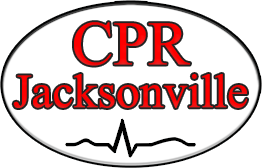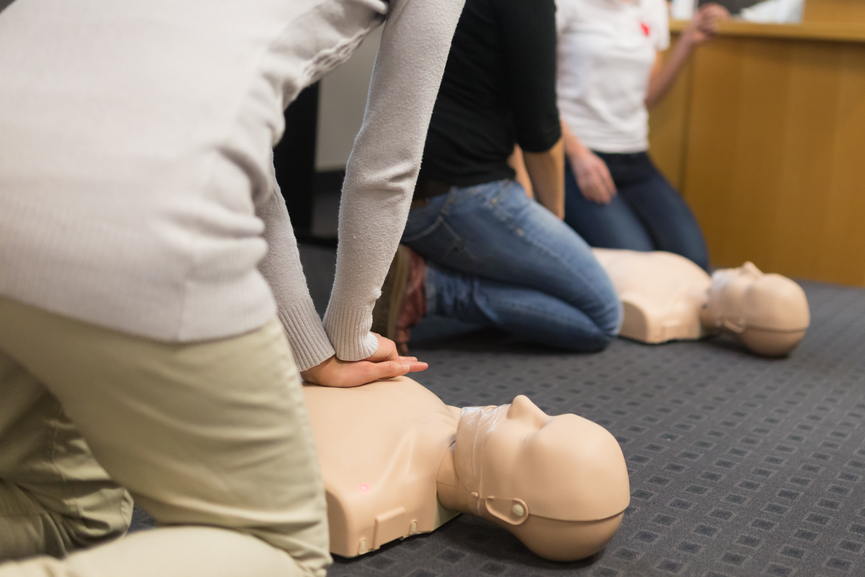Automated External Defibrillators (AEDs) play a pivotal role in increasing survival rates during cardiac arrest scenarios. These devices, designed to deliver an electric shock to restore a normal heart rhythm, have revolutionized emergency response by making lifesaving technology accessible to both healthcare professionals and the general public. Staying abreast of the latest guidelines for AED use is essential for healthcare providers to ensure the highest quality of care and optimal patient outcomes. This article aims to provide a thorough overview of the updated AED use guidelines, equipping healthcare providers with the knowledge they need to effectively utilize this crucial tool.
Understanding AEDs
An AED, or Automated External Defibrillator, is a portable electronic device that automatically diagnoses and treats life-threatening cardiac arrhythmias through defibrillation. The device works by analyzing the heart’s rhythm and delivering an electric shock if it detects an abnormal rhythm such as ventricular fibrillation or pulseless ventricular tachycardia. AEDs are categorized into two main types: Public Access AEDs, which are designed for use by laypersons in public spaces, and Professional AEDs, which are used by healthcare providers and first responders. The basic components of an AED include adhesive pads, a battery, and an interface that provides audio and visual prompts to guide the user through the process.
Updated Guidelines Overview
Recent updates to AED guidelines have been issued by leading organizations such as the American Heart Association (AHA) and the European Resuscitation Council (ERC). These updates incorporate the latest research and best practices to improve the effectiveness of AED use. Major changes include adjustments to the recommended pad placement, enhanced protocols for analyzing heart rhythms, and revised procedures for delivering shocks. The rationale behind these changes is to increase the precision and efficiency of AED deployment, ultimately improving patient survival rates.
Pre-AED Use Protocols
Before using an AED, it is crucial to assess the situation to ensure the safety of both the rescuer and the patient. This involves checking the environment for hazards and confirming that the patient is in cardiac arrest, characterized by the absence of breathing and pulse. Once cardiac arrest is identified, the initial steps include calling for emergency assistance and starting CPR while preparing the AED for use. Early CPR is vital as it helps maintain blood flow to the brain and other vital organs until the AED can be applied.
Proper AED Application and Use
Proper application and use of the AED involve several critical steps. First, the adhesive pads must be correctly positioned on the patient’s chest—one pad on the upper right side and the other on the lower left side. This placement ensures the electric current passes through the heart effectively. The AED then analyzes the heart rhythm and provides instructions based on its findings. If a shock is advised, the rescuer must ensure no one is touching the patient before delivering the shock by pressing the appropriate button. After the shock, CPR should be resumed immediately, and the AED will continue to monitor the heart rhythm, providing additional prompts as needed.
Special Considerations
Special considerations must be taken into account when using an AED on specific populations and in various environments. For pediatric patients, specialized pediatric pads and lower energy settings are typically required. Pregnant women can safely receive AED shocks, but it is important to position the pads to avoid direct placement over the uterus. Environmental factors such as wet conditions and metal surfaces require extra caution to prevent electrical hazards. Additionally, for patients with implanted devices like pacemakers or those wearing metal jewelry, the AED pads should be placed at least an inch away from these items to avoid interference.
Training and Proficiency
Regular training is essential for healthcare providers to maintain proficiency in AED use. Training sessions should be conducted frequently to ensure that providers are familiar with the latest guidelines and can respond effectively in emergencies. Simulation drills incorporating AED use can help reinforce skills and build confidence. Certification and recertification are also crucial components, with healthcare providers required to undergo periodic evaluations to ensure their skills remain up to date.
Integration into the Chain of Survival
AEDs play an integral role in the Chain of Survival, a series of critical actions that improve survival outcomes for cardiac arrest victims. Early defibrillation, facilitated by AED use, is a key link in this chain, bridging the gap between initial bystander response and advanced medical care. Coordination with Emergency Medical Services (EMS) is vital for a seamless transition from bystander intervention to professional treatment. Furthermore, increasing community awareness about AED availability and encouraging public education on how to use these devices can significantly enhance overall emergency response.
Conclusion
Mastering the use of Automated External Defibrillators (AEDs) is a critical skill for all healthcare providers. With updated guidelines and the latest techniques, you can ensure that you are prepared to respond effectively in emergencies. By staying current with AED use and maintaining your certification, you not only enhance your professional expertise but also improve patient outcomes.
To ensure you are equipped with the latest skills and knowledge, consider enrolling in CPR certification classes at CPR Jacksonville FL. As an American Heart Association training site, CPR Jacksonville FL offers comprehensive courses including initial certifications and renewals in BLS for Healthcare Providers, ACLS, PALS, and CPR and First Aid. Their stress-free and hands-on classes are designed to provide you with the best CPR training in Jacksonville FL.
Don’t wait—take the next step in your professional development and be ready to make a difference. Enroll in a CPR certification class at CPR Jacksonville FL today!



